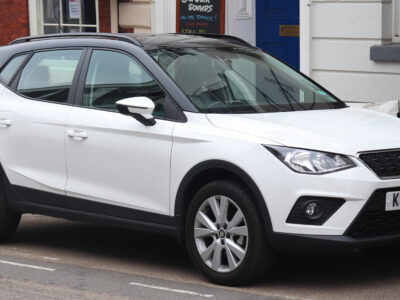
Hyundai Tucson Common Problems: Complete Guide to the Most Frequent Issues
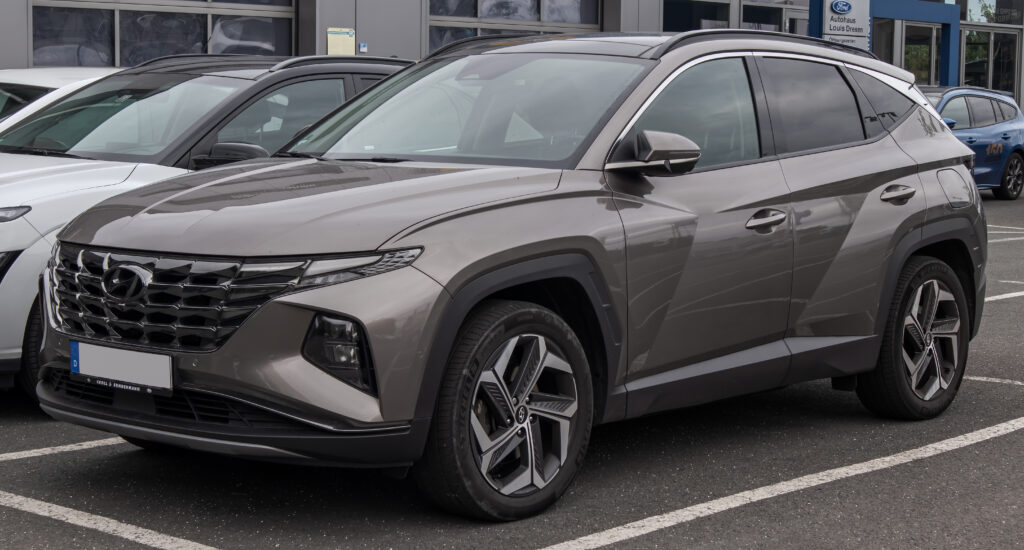
The Hyundai Tucson has built a strong reputation for its balance of style, comfort, and value. However, like every vehicle, it has its share of recurring issues across different model years. In this comprehensive guide, we uncover the most common Hyundai Tucson problems, their symptoms, causes, and practical solutions — so you can keep your SUV running smoothly and avoid costly repairs.
Battery Problems
Battery failure is among the most frequent issues reported by Hyundai Tucson owners. A weak or dead battery often causes difficulties starting the vehicle or random electrical malfunctions.
Symptoms
- Slow engine crank or no-start condition
- Dimming interior or dashboard lights
- Warning light for battery or charging system
Causes
- Old or deteriorated battery
- Faulty alternator or poor charging
- Corroded terminals or loose battery connections
Solutions
- Replace the battery every 3–4 years
- Clean battery terminals regularly
- Inspect the alternator output during scheduled maintenance
Electrical System Failures
Electrical faults are particularly common in older Tucson generations (especially 2005–2012 models). The problem often lies in faulty connectors, short circuits, or defective fuses.
Typical Symptoms
- Power windows stop functioning
- Central locking malfunctions
- Dashboard lights flicker or fail
- Blown fuses and intermittent power loss
Root Causes
- Water intrusion in fuse boxes
- Poor ground connections
- Factory wiring harness defects
Recommended Fix
Have the vehicle’s junction box and wiring harness inspected. Hyundai has issued service bulletins for some models addressing faulty connector assemblies.
Engine Stalling Unexpectedly
Few things are as frustrating as having your Tucson stall mid-drive. This issue typically involves faulty sensors or fuel delivery components.
Symptoms
- Engine shuts off randomly
- Loss of power during acceleration
- Difficulty restarting after stalling
Possible Culprits
- Defective crankshaft position sensor
- Dirty throttle body or faulty idle air control valve
- Clogged fuel injectors or failing fuel pump
Fix
Conduct a diagnostic scan for error codes (P0335, P0106, P0300 are common). Cleaning or replacing sensors often resolves the issue.
Check Engine Light Issues
The Check Engine Light (CEL) can be triggered by various Tucson-related faults — some minor, others critical.
You may be interested in reading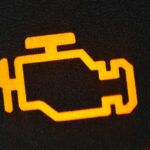 How to Reset the Check Engine Light on a Hyundai Tucson
How to Reset the Check Engine Light on a Hyundai TucsonFrequent Causes
- Loose or faulty gas cap
- Oxygen sensor malfunction
- Catalytic converter efficiency issues
- Mass air flow (MAF) sensor failure
What to Do
Use an OBD-II scanner to read and clear codes after fixing the root cause. If the light remains on, Hyundai recommends professional diagnostics to prevent further damage.
Headlight Malfunctions
Tucson headlights, especially in pre-2016 models, are prone to moisture buildup and bulb burnout.
Signs of Trouble
- Foggy or water-condensed headlight housings
- Dim or flickering lights
- One headlight stops working suddenly
Root Causes
- Cracked or poorly sealed headlight housings
- Faulty bulbs or corroded connectors
Prevention
Reseal the headlight assembly, use dielectric grease on connectors, and replace burnt bulbs immediately.
Fuel Filter and Fuel System Problems
The Tucson’s fuel filter is integrated with the fuel pump assembly — located inside the tank. When clogged, it restricts fuel flow and causes rough idling or engine hesitation.
Symptoms
- Jerking while driving
- Difficulty starting
- Reduced fuel economy
Solution
Replace the fuel filter every 60,000–80,000 km or when misfires appear. Always use high-quality fuel to prevent sediment buildup in the injectors.
Stereo and Infotainment Failures
Owners often report issues with the Tucson’s radio or infotainment unit, particularly on mid-2010s models.
Typical Issues
- Touchscreen freezes or becomes unresponsive
- No sound from speakers
- Bluetooth connectivity drops frequently
Fix
Perform a hard reset or firmware update if available. For persistent problems, replacing the factory unit with a compatible aftermarket system is often the best solution.
You may be interested in reading How to Reset the Check Engine Light on a Hyundai Tucson
How to Reset the Check Engine Light on a Hyundai Tucson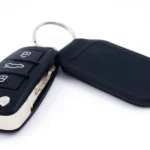 How to Replace the Hyundai Tucson Key Fob Battery (Step-by-Step 2025 Guide)
How to Replace the Hyundai Tucson Key Fob Battery (Step-by-Step 2025 Guide)Failure to maintain proper oil levels can lead to serious engine wear or total failure, especially in the 2.0L and 2.4L engines.
Symptoms
- Engine knocking or ticking
- Burning oil smell
- Oil pressure warning light
Cause
Low oil levels due to infrequent changes or internal leaks. Some Tucson engines have been known to consume oil faster than average.
Solution
- Check oil every 1,000 miles
- Use only Hyundai-approved oil grades (5W-30 or 5W-20)
- Replace oil and filter at recommended intervals
Transmission Failures
Transmission issues are among the costliest Hyundai Tucson problems. Some models, particularly 2016–2018, have reported slipping gears and harsh shifting.
Symptoms
- RPMs increase without acceleration
- Delayed gear engagement
- Burning transmission fluid odor
Causes
- Low or contaminated transmission fluid
- Faulty shift solenoid
- Transmission control module failure
Solutions
- Replace transmission fluid every 50,000 miles
- Reprogram or replace solenoid assemblies
- In severe cases, consider transmission overhaul
How to Prevent Common Hyundai Tucson Issues
- Follow the factory maintenance schedule religiously.
- Inspect all fluids monthly — oil, coolant, transmission, brake, and power steering.
- Address warning lights immediately instead of ignoring them.
- Use OEM parts for replacements to ensure compatibility.
- Keep your Tucson software updated, as Hyundai periodically releases fixes for common issues.
FAQs
1. Are Hyundai Tucsons reliable overall?
Yes. The Tucson is considered a reliable SUV, especially newer models (2019–2025). Most issues arise in earlier generations due to wear and age.
2. Which Tucson model years have the most problems?
The 2010–2016 models are most affected by electrical and transmission issues, while the 2005–2009 versions often struggle with battery and sensor faults.
3. Why does my Tucson keep showing the Check Engine Light?
A persistent CEL usually indicates issues with emissions sensors or the catalytic system. Running a diagnostic scan will pinpoint the exact cause.
4. How often should I change the oil in a Hyundai Tucson?
Hyundai recommends changing the oil every 6 months or 6,000–7,500 miles, depending on driving conditions.
You may be interested in reading How to Reset the Check Engine Light on a Hyundai Tucson
How to Reset the Check Engine Light on a Hyundai Tucson How to Replace the Hyundai Tucson Key Fob Battery (Step-by-Step 2025 Guide)
How to Replace the Hyundai Tucson Key Fob Battery (Step-by-Step 2025 Guide)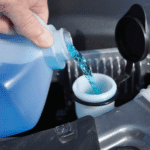 Hyundai Tucson Windshield Washer Not Working: Complete Diagnosis and Fix Guide
Hyundai Tucson Windshield Washer Not Working: Complete Diagnosis and Fix Guide5. How much does it cost to fix a Tucson transmission problem?
Minor repairs (like solenoid replacement) can cost around $300–$800, while full rebuilds may exceed $3,000, depending on labor and parts availability.
Conclusion
The Hyundai Tucson remains a dependable, family-friendly SUV when properly maintained. Knowing the most common Tucson problems — and tackling them early — ensures longevity, safety, and optimal performance. Regular maintenance, timely diagnostics, and using genuine Hyundai parts will help your Tucson run like new for years to come.
If you want to know other articles similar to Hyundai Tucson Common Problems: Complete Guide to the Most Frequent Issues you can visit the category Common Problems.
Deja una respuesta

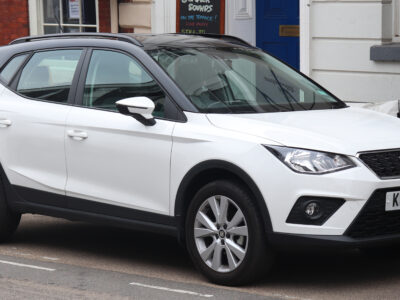
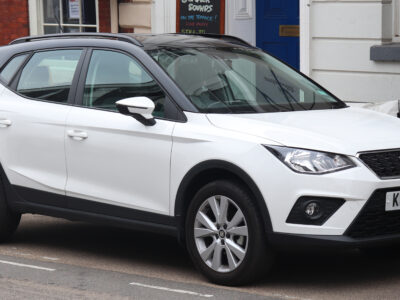
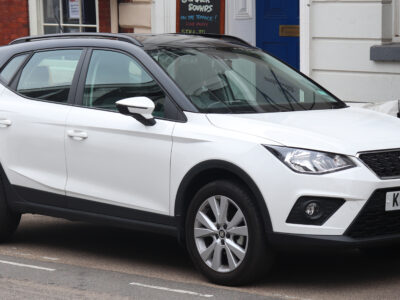


More content of your interest